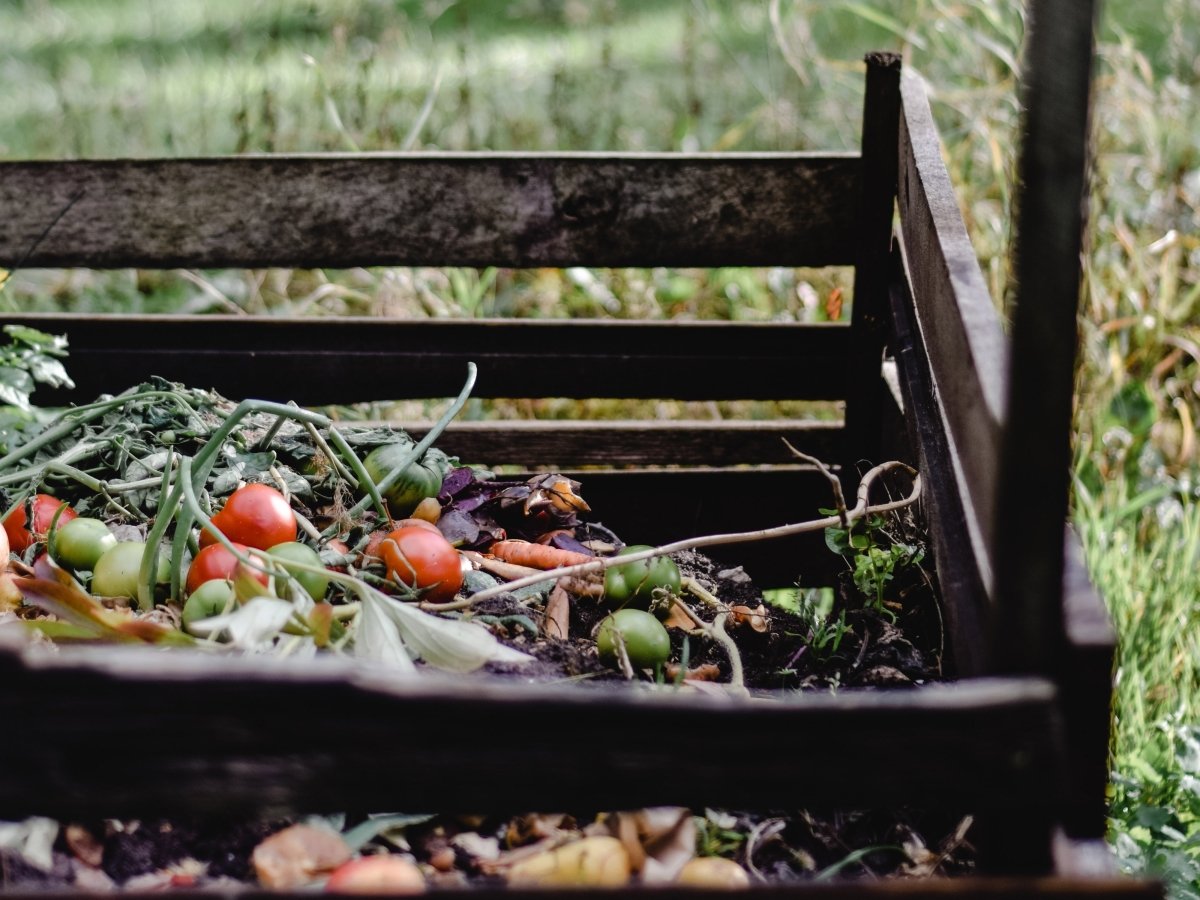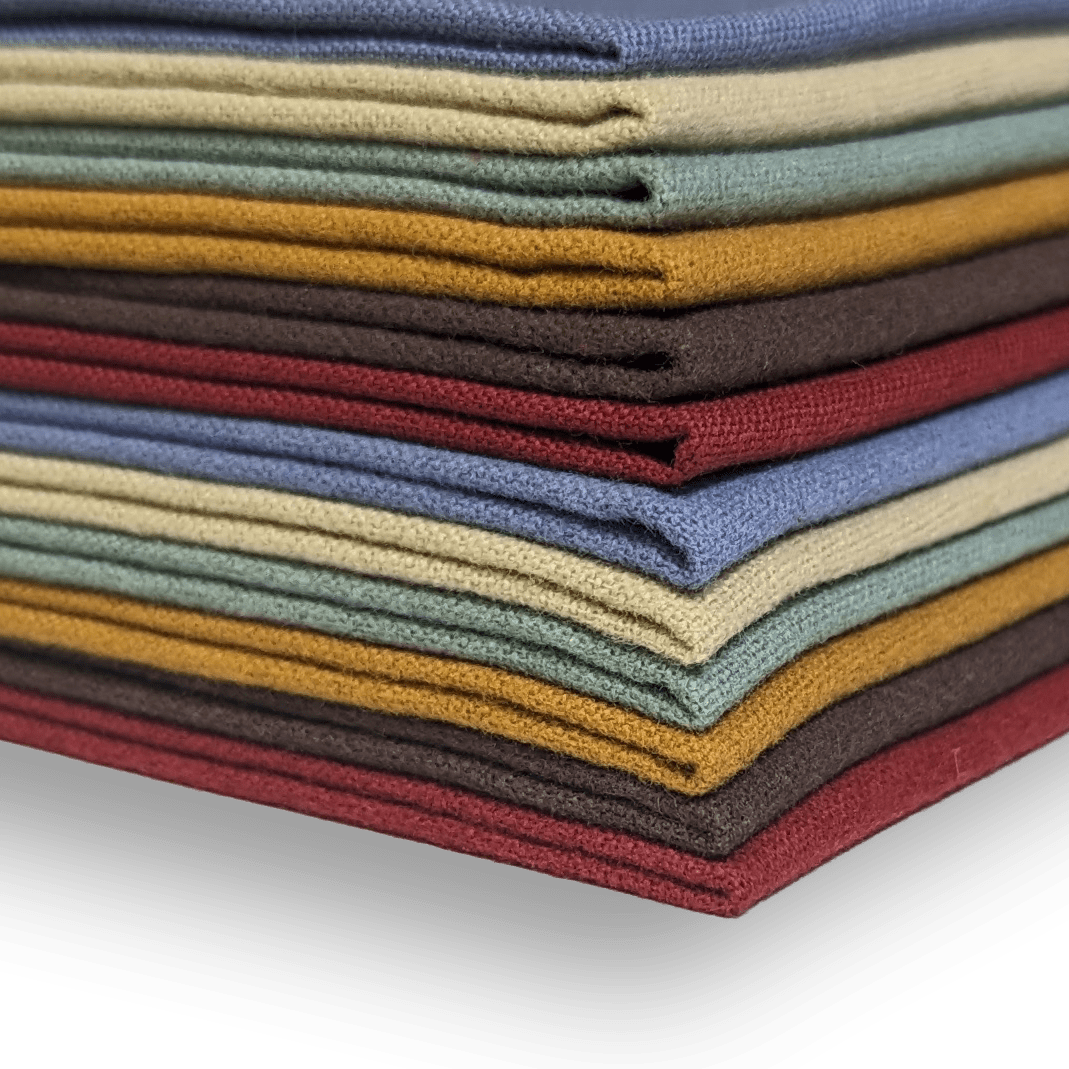Composting – we all know it’s good for the earth. Most of us know we can do it at home – if we really want to. But it can be quite overwhelming knowing where to start.
If you’ve been thinking of doing a DIY Compost at home or want help nurturing and maintaining a backyard compost, this guide is for you.

So What is compost Anyway?
The US Composting Council defines compost as:
“The product manufactured through the controlled aerobic, biological decomposition of biodegradable materials. The product has undergone mesophilic and thermophilic temperatures, which significantly reduces the viability of pathogens and weed seeds and stabilizes the carbon such that it is beneficial to plant growth.”
That’s a mouthful, huh? Okay – let’s break it down.
Compost is essentially a soil-like product created through the natural decomposition of organic materials (twigs, food remains, leaves, etc.) over a period of time through exposure to water and air in intervals. The bacteria created in the moist environment decomposes organic materials into a nutrient-rich additive, perfect for growing plants or vegetables.
The practice of composting at home is becoming more popular. Why? Well, a few reasons. First, our society is gradually becoming more aware of the need for sustainability (thank goodness!) Second, the importance of healthy soil is becoming accepted as a missing link to improving climate change.
Compost naturally fosters soil diversity and fertilizes plants with the essential minerals, vitamins, and nutrients they need to thrive.
But it’s important to note that soil and compost are not the same. You still need soil to grow plants. Compost is often added to soil to act as a fertilizer and encourage carbon capture and soil health.
Together, soil and compost are the dream team for your garden and our environment.
Did you know that healthy soil holds 80% of the carbon stored on land? Investing in composting and soil health around the world could literally help save our planet.
How Does Composting Work?
Understanding how compost is created brings new awareness to our lives in beautiful ways. It shows us where we are wasteful and how to get back to our roots – living in harmony with nature. Our world is full of simple, natural solutions for the problems we’ve exacerbated.
So let’s use our waste for good!
While there are various composting methods, we’re going to stick to the basics here for a no-fuss, DIY backyard compost pile.
Every compost pile depends on the growth and presence of bacteria for decomposition. Bacteria play a primary role in breaking down organic materials. They’re found in almost all forms of organic matter – you just need to create the right environment for them to thrive.
Foster bacteria in your compost by creating layers of nitrogen-rich and carbon-rich waste, keeping the pile moist, and turning your compost pile periodically to air it out.
Non-bacterial composters, fungi, worms, and various invertebrates will find your compost pile and help bacteria decompose and further the natural process.
Under the right conditions, compost is easy to create and requires minimal work on your part!
Benefits of Creating Compost in Your Backyard
If you’re looking for an adventure or want to add more sustainable practices into your routines, this might be the perfect project for you.
Creating a compost pile benefits you in many ways:
- Reduces waste (less trash to take out!)
- Better quality soil (better for growing gardens and prettier plants.)
- Saves energy (no trucks taking your food and yard waste to the dump.)
- Saves water (an earth-friendly way to keep the soil moist.)
- Saves money (no need to purchase expensive fertilizers.)
Most importantly, creating compost in your backyard encourages the natural cycles and processes of the earth and its organisms – as it should be!
How to Create Compost at Home
Composting is really quite simple if you understand the basics and follow a few guidelines. You can compost almost anywhere and maintain it with a little effort and a lot of heart.
What materials do I need for starting a compost?
Good news! You probably already have most (or all) of the things you need to get started. That’s the beauty of composting – it doesn’t have to be expensive or complicated.
Solana Center, a non-profit for environmental innovation, does a great job of breaking the list down into simple “ingredients”:
These serve as the energy source for your compost and provide additional moisture (moisture is key!)
These retain moisture in your pile and create pockets of air that are needed for the decomposing process.
Having a water source close to your pile is helpful for easy access when it’s time to add water. Water helps further the decomposition process – compost piles require constant moisture to thrive.
Providing air to your compost is done in two different ways by flipping the pile occasionally and layering browns that provide air pockets. Each is necessary to create a healthy compost pile.
- Critters (Optional) – worms, beetles, ants, slugs, rolly polys, etc.
Some people add critters, while others just wait for them to show up (and they will!) Bugs help speed up the decomposition and natural processes for compost.
How Do I Prep For My Compost Pile?
With a few things in place, you’re all set to start composting.
- Create or choose a compost bin (can be homemade or store-bought).
If you choose to create your own bin, be mindful of materials that may leach chemicals into the compost. Stainless steel is safe, and so is wood. Any size will work.
It all depends on your timeline. Compost forms faster when it’s closed up, but you can also just leave it out in a pile in your yard. Leaving it in a bin helps preserve the warmth and moisture for faster decomposition.
Shady spots are ideal for your compost pile because they help retain moisture. The sun will quickly dry out a compost pile and create more work for you.
Smaller pieces are better for a compost pile because they will break down faster. Decide how you’re going to chop or create smaller size waste for your pile.
How Do I Start My Compost Pile?
This is the fun part. You’ve done the prep work, you’ve learned how it works, now you’re ready to start!
- Lay the base. Layer thickly, alternating browns and greens to create moisture with enough air to foster bacterial growth too.
- Keep it moist. Like a garden, your compost needs to remain moist, but not too moist. If you’re noticing a smell, you’ve probably got too much moisture. Air out your pile and add in more browns. You should water your compost every week or every other week, depending on factors like temperature, air moisture, and weather.
- Turn It. Turning your compost pile may take some work to perfect. You don’t want to turn it too often, or you may end up destroying the process if it hasn’t started to decompose yet. Like moisture, turning should also be determined by external factors like weather and air moisture. Try turning the pile about once a week and adjust as needed.
- Your Compost is ready! When you find dark, fresh compost, it shouldn’t smell, and it should crumble easily with a soil-like consistency. Under ideal conditions, your compost can be ready in only a few weeks, though it usually takes 3-6 months.
Don’t Have the Time or Resources to Create Your Own Compost?
Sometimes life is demanding, and you may not realistically have the time or energy to commit to creating your own compost. But it doesn’t mean you can’t contribute to a compost pile with your organic waste!
Here are a few resources if you’re looking for a no-hassle compost program:
- The US Compost Council has a list of places to purchase certified compost.
- Some communities or local CSAs provide free composting services if you contribute waste to the pile.
- Sign up for a compost delivery service (they pick up your waste, take it to a commercial facility and bring it back to you as fresh compost).
- Take your waste to a commercial composting facility and see if they have any available programs.
Thankfully there are a variety of ways to invest in composting and healing the soil in your backyard and beyond. Hopefully, you feel equipped to start your own compost pile now. Send us your pictures, we’d love to see your progress!
Composting is a simple way to care for our earth and encourage it’s natural rhythms.
We only get one earth, so let’s take care of it!




